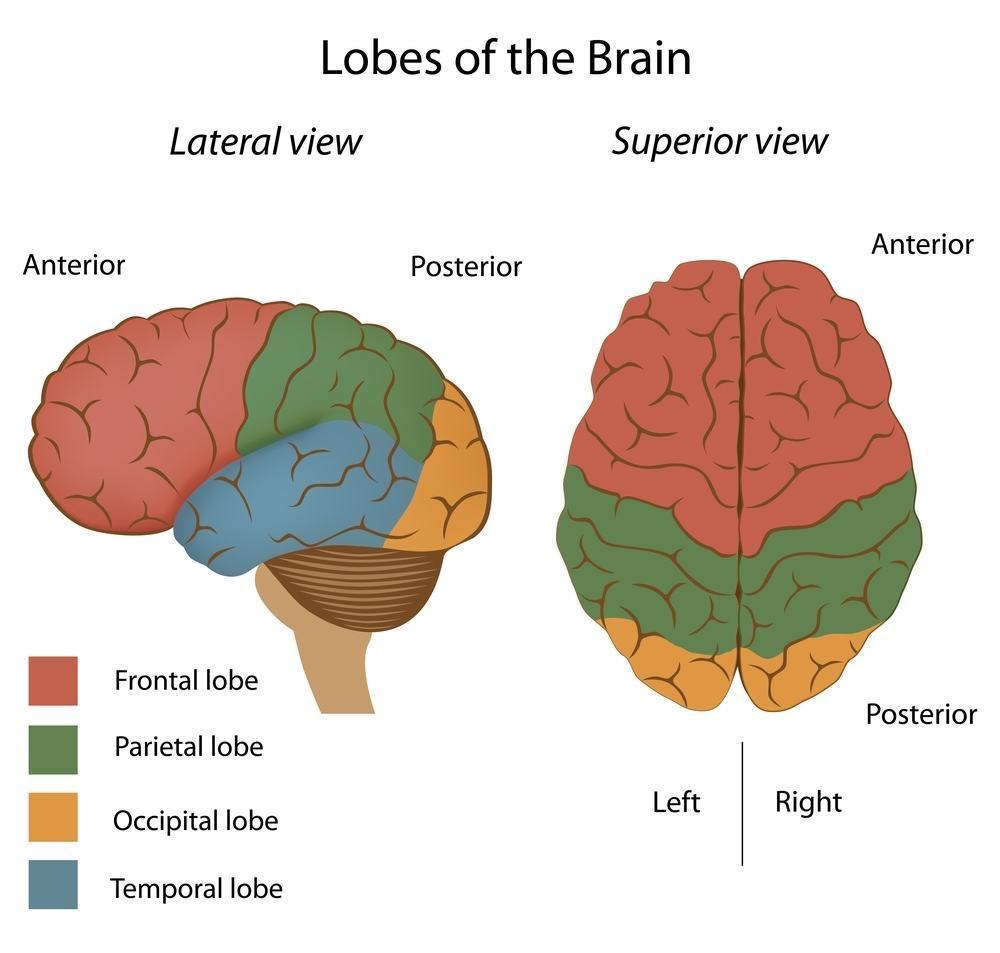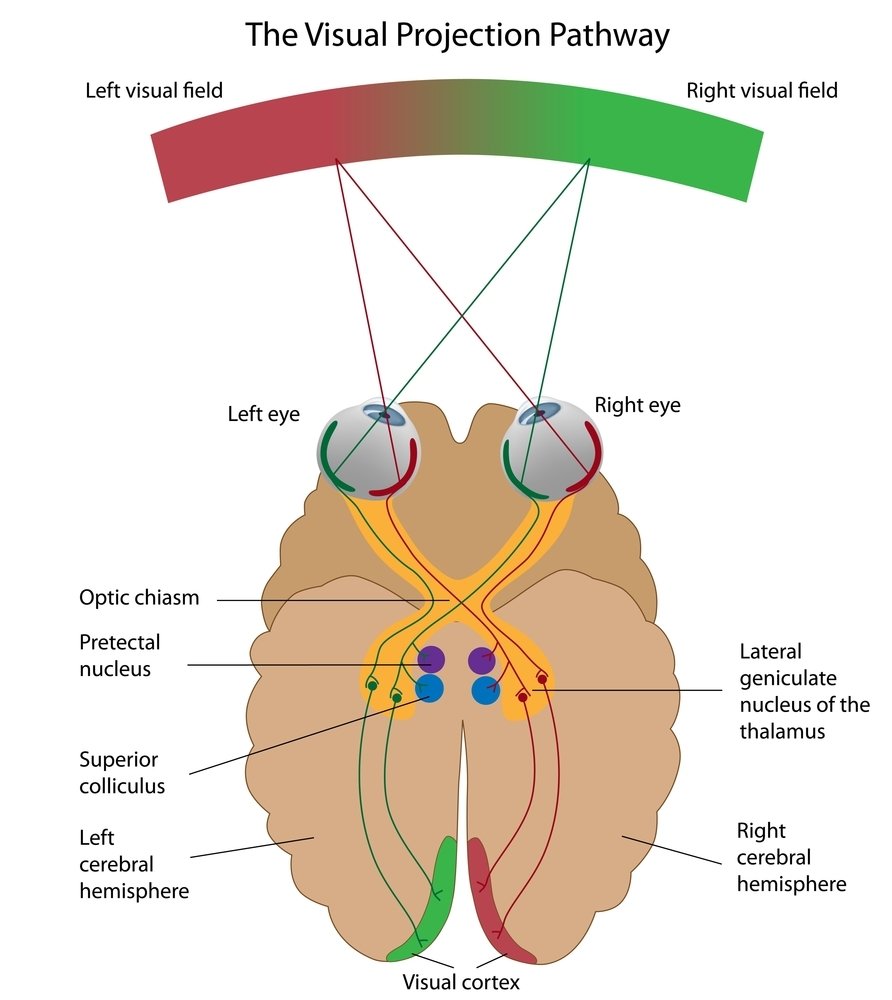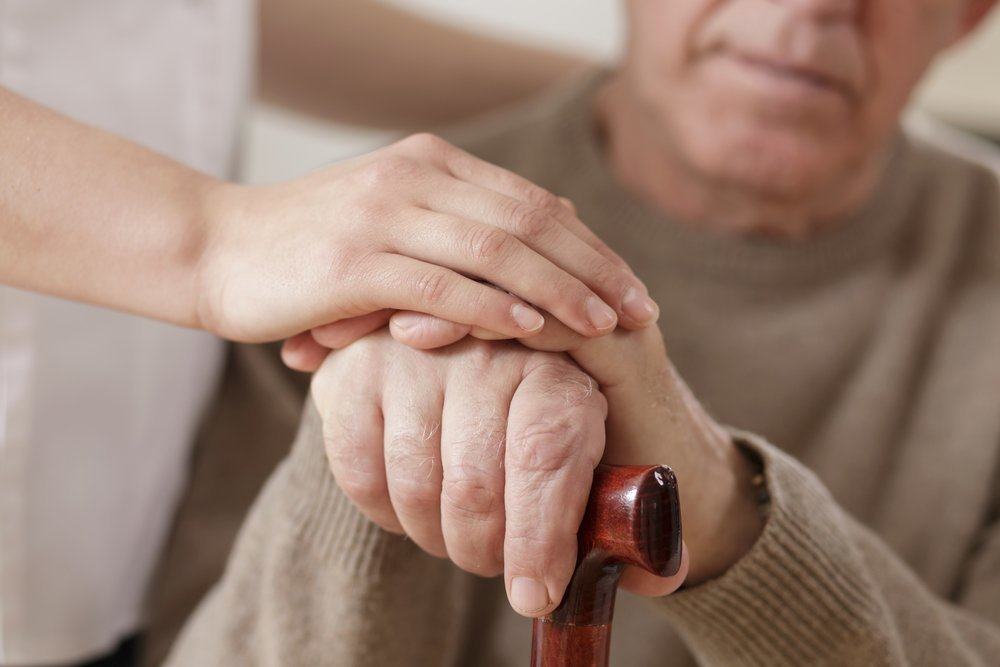Contents:
- Medical Video: Is That My Real Hand? | Breakthrough
- Characteristics of somatoparaphrenia syndrome
- Causes of somatoparaphrenia syndrome
- How to deal with somatoparaphrenia syndrome
Medical Video: Is That My Real Hand? | Breakthrough
Somatoparaphrenia is a type of delusion monothematic which makes one deny the ownership of one limb, or the whole part of the body (usually the left body), even when they are given irrefutable evidence that the limbs attached to their body are members of their own bodies. People with this syndrome have a complicated confusion about the actual limb or how other people's limbs can be in their body. In some cases, this delusion will become more severe and sufferers will treat their limbs as if they were separate creatures.
Somatoparaphrenia is different from asomatognosia syndrome, although both are similar. Asomatognosia syndrome is caused by unilateral paralysis or negligence, such as mistaking their hands as a doctor's hand. However, they can describe their own bodies. As in a journal published in Oxford University Press, neuropsychologists provide an example of the difference between people with somatoparaphrenia and asomatognosia by giving a question, "Whose hand is this?"
- The person with asomatognosia replied, "This is your hand, I'm sure. My hands are bigger in size, while this one is too small. "
- The somatoparaphrenia patient replied, "This is my sister's hand, yes, that's my sister's hand. My hand is in my stomach, but because I'm too fat, I can't see it. "
Characteristics of somatoparaphrenia syndrome
Lisa Genova, a neuroscientist, explains the lives of people who have somatoparaphrenia syndrome in her book Left Neglected. In his book, the main character named Sarah Nickerson suffered a brain injury due to a car accident. When he woke up, everyone around him realized that Lisa could not recognize what was on his left like, clock, painting, and so on. As he began to feel the left side of his body, he still had to focus on the fact that he had a left side body, to control his left leg running. However, even so, when he first saw his left arm, he always stated that the arm belonged to someone else.
The condition experienced by the figure of Sarah above clearly illustrates the characteristics of people affected by the somatoparaphrenia syndrome.
Causes of somatoparaphrenia syndrome
The exact cause of this condition is still speculative. There is an opinion that states that damage to the posterior brain region (temporo-parietal junction) from the cortex can play an important role in the development of somatoparaphrenia. However, recent studies have shown deep damage to the cortex area such as the posterior insula and to subcortical structures such as the basal ganglia also allowing it to have an important role in the development of somatoparaphrenia.
Dr. Antonio Carota MD, Neurologist, states that the mechanism of the somatoparaphenia syndrome is similar to other syndromes caused by the presence of right brain damage (such as asomatognosia, anosognosia, misoplegia, etc.).
Finally it is believed that somatoparaphrenia is caused by damage to the parietal lobe of the cerebral region, specifically temporo-parietal junction commonly seen on the right side of the brain.
How to deal with somatoparaphrenia syndrome
Today, the treatment of somatoparaphrenia syndrome has progressed. This syndrome can be temporarily cured by simulating a vestibular calorie of cold water, a process that involves infusing cold water into the patient's outer ear canal. This treatment can make the activation of the right parietal lobe and various other brain regions.
In addition there are also other forms of treatment that produce body ownership awareness, such as mirror therapy. This therapy requires people who deny ownership of their own limbs to see their bodies in the mirror. The patient will then look in the mirror and state that the limbs in the mirror are members of his body. However, this therapy has many disadvantages, because when the mirror is taken, the patient will return to its initial condition.
READ ALSO:
- Not Just Moody: Mood Swing Can Be A Symptom Of Mental Disorders
- Various Health Problems Due to Body Image Negatives
- Positive Talking on Yourself Can Help Face Diabetes















